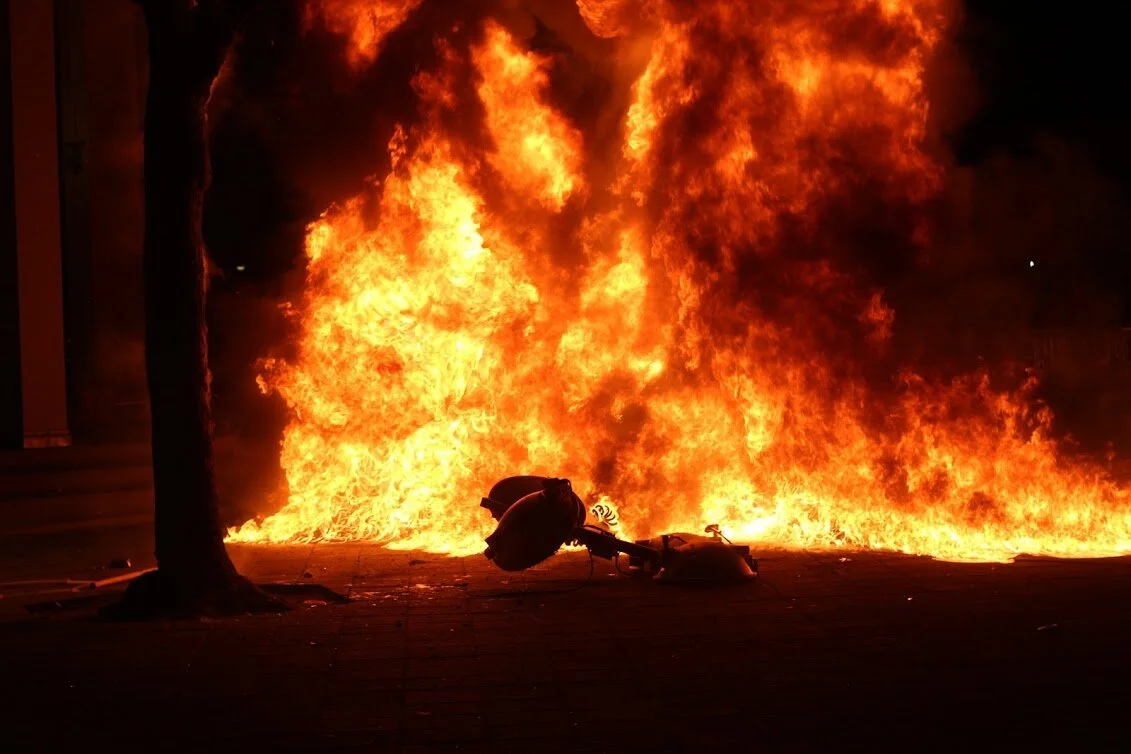Protest Photography 101
Taken at UC Berkeley during Milo Yiannopoulos “Free Speech” Week. The event was canceled.
Protests are becoming more and more frequent, and are consequently more glamorized on social media. From the Women's March to #BlackLivesMatter to Quarantine Protests, each of these carry their own differing degree of danger and intent. If you decide to attend a protest as a photographer, it is vital that you address your inherent privilege that comes with attending to capture images, rather than to fully participate. Don't forget that while some protesters like this attention, some really don't.
How to photograph protests:
Do not disclose the identity of people at the event. It is your responsibility as the photographer to blur, angle , and capture events in a way that does not reveal personal markers of identification (i.e. tattoos, piercings, body marks, etc.).
Do not use artsy filters or presets to report on events. Even black and white is pushing it. If you are at a protest photographing, it is your job to report, not to make an artistic statement. Do that shit another time.
Use your position as a photographer to intimidate the authorities (especially if you have white privilege). This could mean identifying your relationship with the press, or defending those participating in the protest, who are in a more vulnerable position than yourself.
Keep the memory card if your camera is confiscated.
Keep record of possible secure locations where you can either hide yourself or protect your equipment from damage or confiscation.
Photograph protest events with intent. For example, stay away from photographing only white folks with artsy signs.
Focus on the presence of the police; don't photograph the response to the police. Photographing destruction is easy. Capturing the emotions of the protest should be the purpose.
Stay aware that police can bring in more weaponry, and this can escalate violence. You want to be there when shit blows up, but not in the middle of fire, because you will not only miss the photograph, but possibly, your life. Always be a safe distance, and know your angles. There are multiple ways to capture a powerful shot, all while being safe.
***A general rule of thumb is to stay just in front of news crews because typically they won't be fired at.
Don't turn your back to the police presence.
Leave your phone away from the protest, so that your location won't be traced.
Use cash to travel to the protest if you don't have a car. If you have a car park far as hell away.
